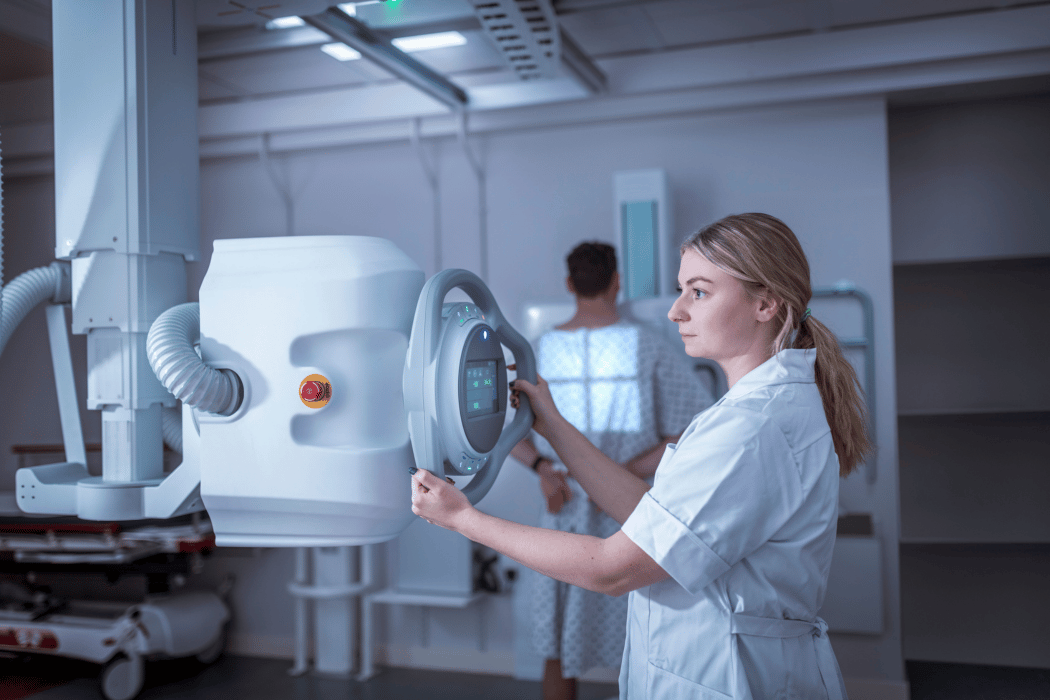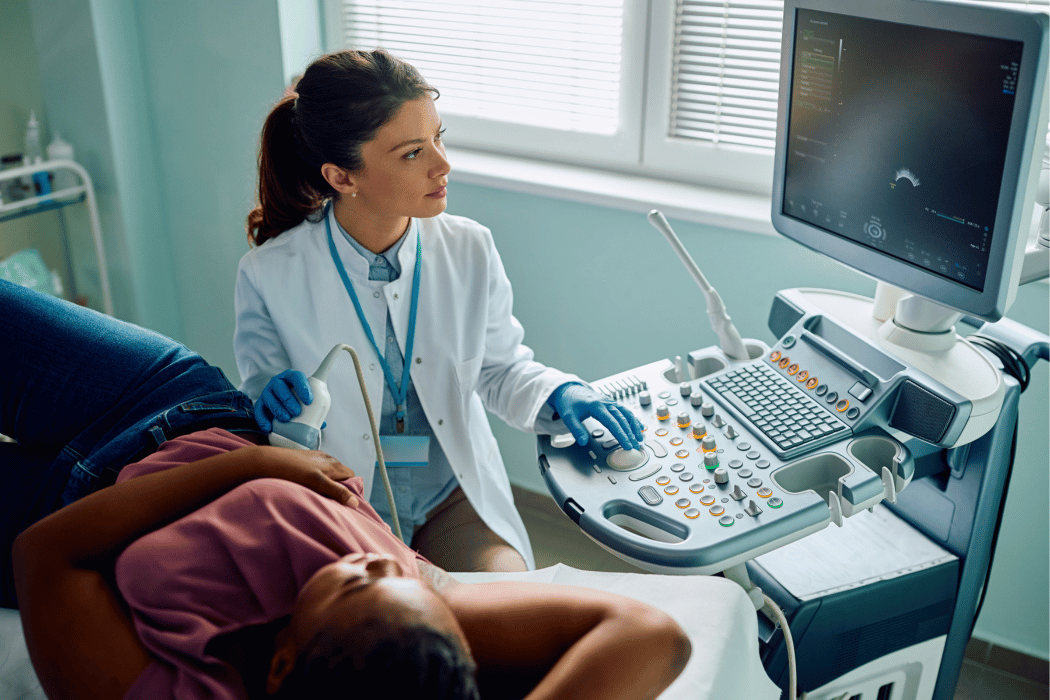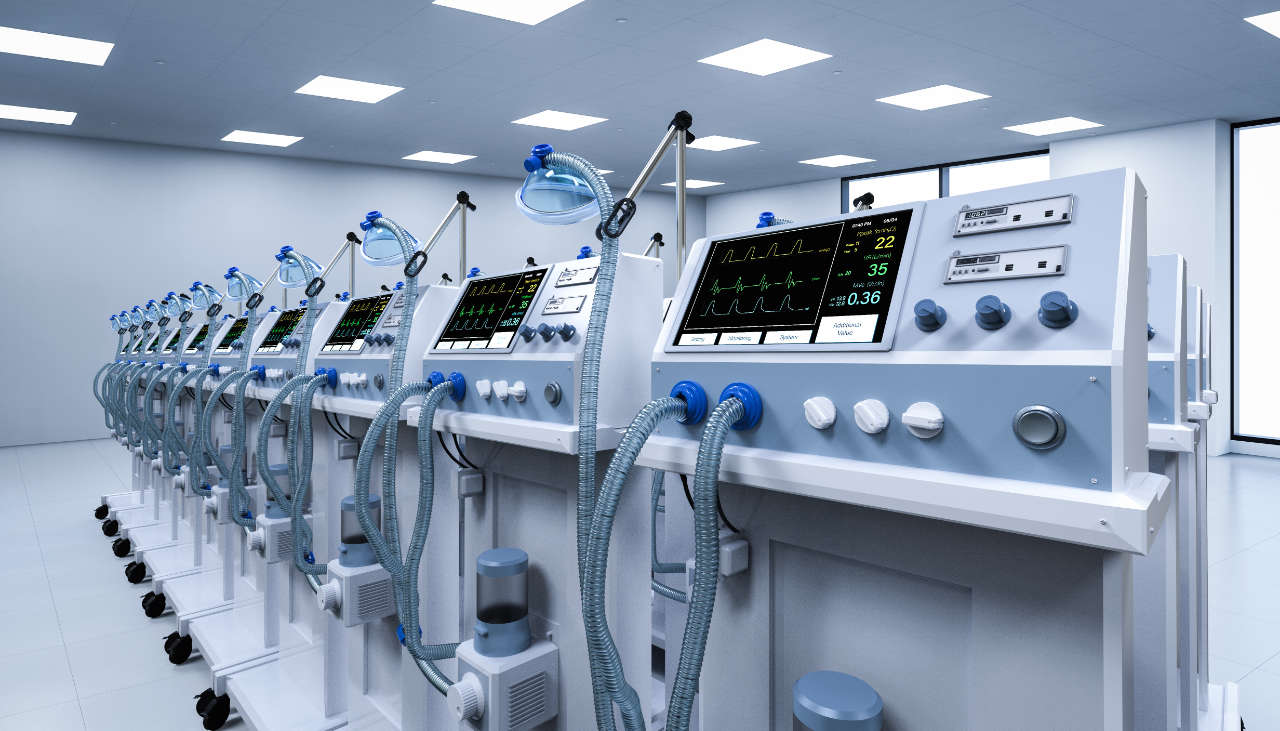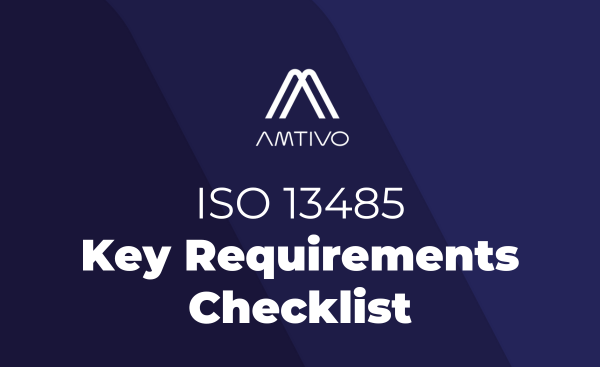The International Organization for Standardization (ISO) standards are the cornerstone of quality and safety—and this is especially true in the medical device sector. Primary, ISO standards such as ISO 13485 are supplemented with a wide range of specific ISO standards, such as ISO 15223, which covers medical device labeling, and ISO 14155, which concerns human medical trials.
These globally recognized benchmarks are essential for manufacturers and organizations, providing a clear and comprehensive roadmap for producing medical devices that meet and exceed international expectations for performance, safety, and regulatory conformity.
By rigorously applying these standards, manufacturers can manage their systems and processes consistently, with the goal of providing products which consistently meet the highest quality, safety, and efficiency benchmarks, playing a pivotal role in advancing global healthcare standards.
Learn more about the International Organization for Standardization in our guide.

Key ISO Standards for Medical Devices
Numerous ISO standards are associated with medical device safety, effectiveness, and quality. These standards cover a wide range of specifications—from the design and production of medical devices to their testing and regulatory compliance.
The key standard for medical devices is ISO 13485 Medical Devices Quality Management Systems (requirements for regulatory purposes). This is the overarching framework for a series of other medical standards.
ISO 13485 is an internationally recognized standard that defines the requirements for a Quality Management System (QMS) specific to the medical device industry. The standard emphasizes the importance of management responsibility, resource management, product realization, risk management, and regulatory compliance. Applicable to organizations of all sizes in the medical device sector, ISO 13485 is a critical tool for demonstrating a commitment to quality and safety in this highly regulated industry.
Other medical ISO standards play a role in risk assessments, operations, production, and usage of medical devices. These often work as frameworks alongside ISO 13485, expanding your organization’s management systems and widening regulatory compliance.
Some of the key standards besides ISO 13485 include:
- ISO 14971—Provides a detailed process for managing risks associated with medical devices. It helps manufacturers to identify hazards, estimate and evaluate risks, and implement necessary control measures.
- ISO 11137—This standard series gives guidelines for sterilizing health care products, specifically providing details for sterilization by radiation.
- ISO 10993—A group of standards that provides guidelines for the biological evaluation of medical devices. It helps determine the potential biological risks arising from the materials used in the manufacture of a medical device.
- ISO 15223—Provides requirements for medical device labeling and includes symbols that can be used on medical device labels.
- ISO 17664—Provides guidelines for processing instructions for reusable medical devices.
- ISO 14155—Specifies good practices for conducting clinical trials involving human subjects for medical devices.
- ISO 62304—Outlines the lifecycle requirements for medical device software, including software development, validation, and post-market surveillance.
- ISO 62366—Relates to the application of usability engineering to medical devices, helping to ensure the device is designed to be user-friendly and minimize use-related safety issues.
- IEC 60601—A series of technical standards for the safety and effectiveness of medical electrical equipment developed by the International Electrotechnical Commission (IEC).

Why Use ISO Standards for Medical Devices?
ISO standards for medical devices, such as ISO 13485, are globally recognized and widely applied across the medical device industry. Using these standards benefits manufacturers, healthcare providers, regulators, and ultimately, patients.
Here’s why ISO standards for medical devices are important.
- Safety and quality—ISO standards provide a framework to help organizations to establish procedures and guidelines with the goal of producing medical devices which are safe and of high quality, minimizing risks to patients and medical professionals.
- Regulatory compliance—Many countries require compliance with ISO standards for medical devices. Following these standards aids manufacturers in meeting legal and regulatory requirements, both domestically and internationally.
- Global market access—ISO standards are globally recognized. Compliance can facilitate entry into international markets and increase business opportunities.
- Consistency—ISO standards provide a consistent set of expectations. This means that if a device is manufactured in Asia, Europe, or the U.S., its quality and safety are assured to a certain level if it complies with ISO standards
- Efficiency and cost savings—By following ISO standards, manufacturers can improve processes, increase efficiency, and reduce waste and errors. This can lead to significant cost savings over time.
- Customer confidence—Compliance with ISO standards shows a commitment to quality, safety, and efficiency, which can build trust and confidence among customers and users.
- Continual improvement—ISO standards like ISO 13485 promote a culture of continual improvement, encouraging manufacturers to constantly improve their products, services, and processes.
Using ISO standards for medical devices is about more than just compliance. It is a strategic tool that provides the framework to reduce risks and drive performance, with the goal of ensuring safe, effective, and high-quality medical device manufacture.

Get Started on Your ISO 13485 Certification Journey Now
Find out how you can become certified to ISO 13485 with Amtivo via the button below. Our team will be happy to help.
Please note that tour certification costs will depend on a variety of factors such as the size of your business, your location and the sector you’re in.










